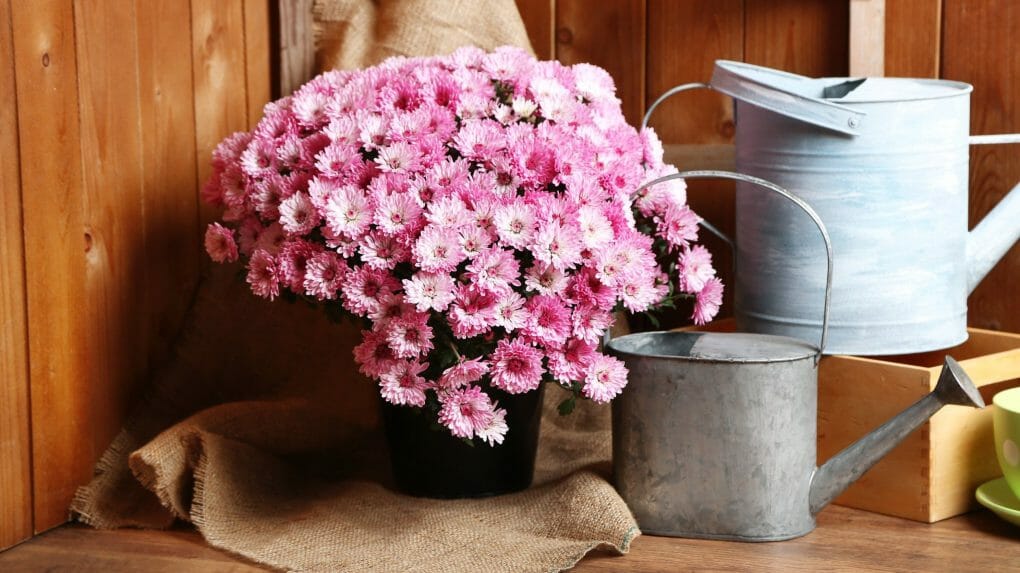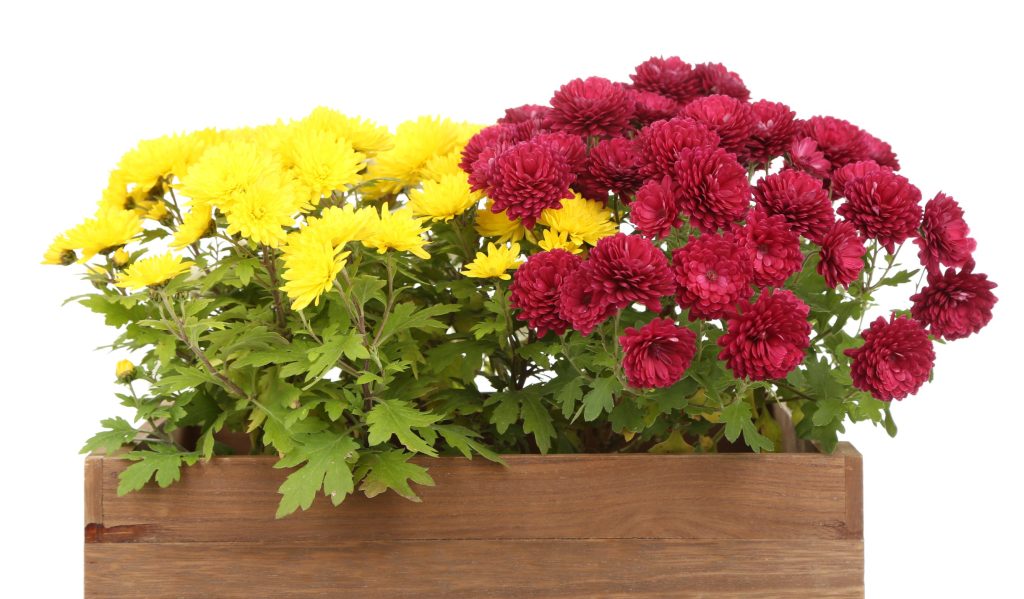Chrysanthemum Not Flowering —Know the 5 Reasons Behind
Like other flowering plants, mums won’t blossom in less-than-ideal conditions. Find out how to give your chrysanthemums the most excellent care possible, so they bloom beautifully.

Chrysanthemums, or “mums” for short, are among the most iconic autumn flowers because of their characteristic dance throughout the season, showing domes of bright blooms in exquisite jewel-tone colors.
Mums come in more than 5,000 different cultivars. They come in a wide variety of bloom sizes, colors, and petal configurations, but they also bloom at various times. While late-season bloomers may start to display color in the late summer to early October, early bloomers will be in full bloom in the middle of the summer. Although mums often produce abundant blossoms, failure to do so may be due to one of several factors.
Table of Contents
5 Reasons Why Chrysanthemums Are Not in Blooms
It’s unclear why our usual autumn jewels don’t show off their beautiful, colorful domes in the fall. But since they are hardy and don’t need much care, there must be a reason why these flowers don’t have their distinctive blooms.
Most of the time, these things stop garden mums from blooming:
Not Pinching After Bloom
By pinching back mums, you force side branches to grow that grow new buds and flowers, which leads to new growth and more flowers. But they need to be pinched early in the season so the plants can grow new stems and buds before it gets too cold.
Pinching is when you use your hands or a clean pruning shear to cut off about 2-3 inches of the growing tips.
If possible, cut off the branches of mums in the spring, when they are about 10 inches tall, or two weeks after you plant them if they are brand new. Then pinch them again after the longest day of the year, on the summer solstice, when the days start to get shorter.
Please remember that pinching your mums after July will only cause the buds to fall off, making them bloom less. So, let them bloom, and when the flowers die, cut off the dead heads to get your mums to bloom for a longer time.
Not Enough Sunlight
Garden mums do best in full sun, but they can handle a little shade. But even though they can handle some shade, the more sun you give them, the more flowers they will produce.
So, put your mums in a spot where they will get at least six hours of bright direct sunlight to keep them healthy and make sure they keep blooming.
Also, garden mums are “photoperiodic,” which means they bloom a lot when the days get shorter and the nights get longer. The mums respond to “day length” or light by putting out buds.
So, it would help if you didn’t put your garden mums near a patio or window that gets bright light at night. The artificial light can mess up the plant’s blooming cycle.
Incorrect Watering
Garden mums like moist soil; they need about an inch of water a week while growing from late summer through fall.
Also, once the flower buds grow and open, mums like more water, so you’ll want to ensure the soil never dries out completely. If the ground becomes soggy, the flowers will wilt and eventually perish.
Even though mums like a lot of water, giving them too much can hurt their blooms. When you water too much, the soil can get too wet, leading to root rot, pests, and diseases that stop plants from flowering.

Pests and Disease
Some many common pests and diseases can cause damage to garden mums and their blooms if they are not treated quickly enough. Most of the time, the first signs of these problems appear on the mums’ leaves or buds.
Even though mums look their best in the fall, the cool and wet weather makes it easy for mold spores or fungal diseases to spread. Think about treating the plant with a spray that kills fungi. Also, cut off the stems that have the fungus to stop it from spreading.
Then, leaf spots, botrytis, rust, powdery mildew, and stem and root rot are the most common diseases that hurt mums. At the same time, aphids, thrips, lace bugs, and leaf miners are some of the bugs that like to bother mums.
If the tips of the flower buds on your garden mums go soft and brown, you should treat the plant with a Bordeaux mixture. Once the tips of the infected buds go soft and brown, they are unlikely to open.
Think about applying sulfur once a week until the buds start to turn color, and use insecticidal soap or oil to get rid of pests.
Last, if the leaves on your mums are wilting and you’re sure it’s not because you overwatered them, it could be verticillium wilt (a fungus). The only way to eliminate the problem is to cut down and destroy the plant. Also, don’t plant mums in the same spot because they will get the same soil fungus, which will make them stop blooming or kill them.
Waterlogged Soil
Mums can grow in many kinds of soil, but they do best in rich, slightly acidic soil with good drainage. On the other hand, if there isn’t enough drainage, plants that sit in water can rot and stop flowering.
If the soil is wet, it’s easy for mums to get waterlogged. This can cause them to rot from the inside out or die from a lack of sunlight and nutrients.
To prevent this problem, make sure the ground around your plants is dry before watering them. Also, use a permeable material like bark mulch or compost under your plants instead of clay or concrete tiles because they will hold more water and cause more damage over time.
So, if you want your mums to stay healthy and bloom, you should avoid too heavy and clay-like soil. Instead, plant them in potting mix or soil that drains well. This will help keep them from getting moldy.
Also, if you plant your garden mums in pots, make sure the pots have good drainage holes, so the plants don’t end up sitting in too wet soil.
